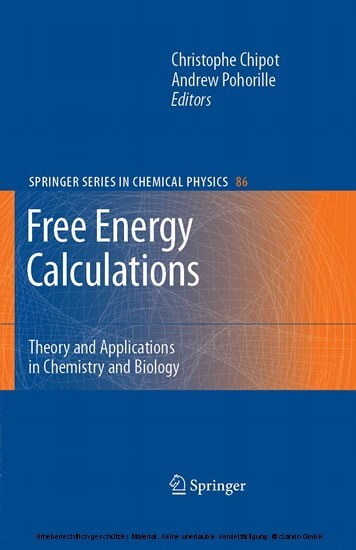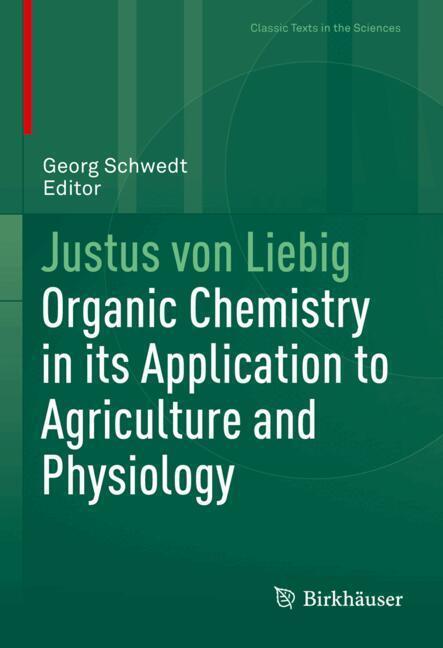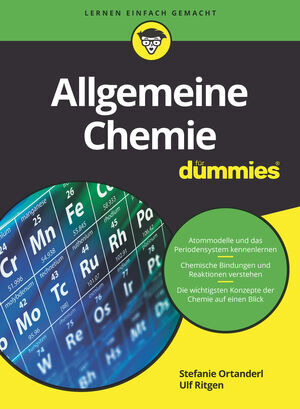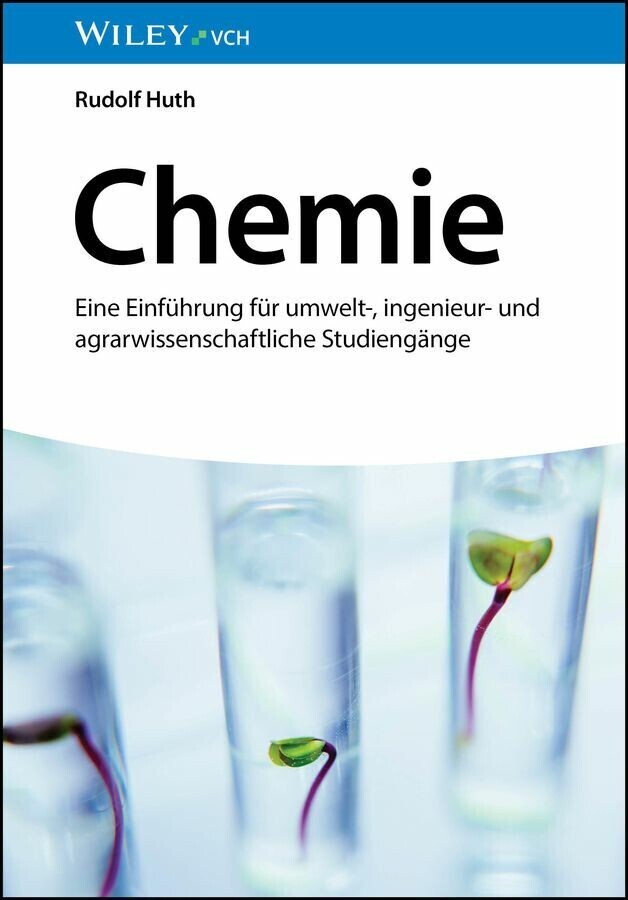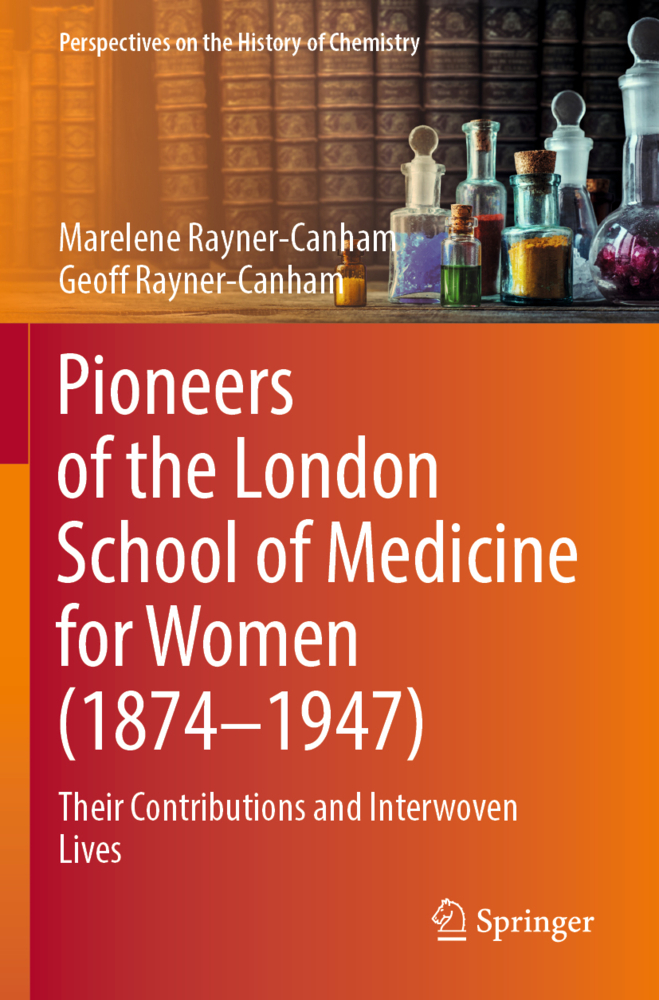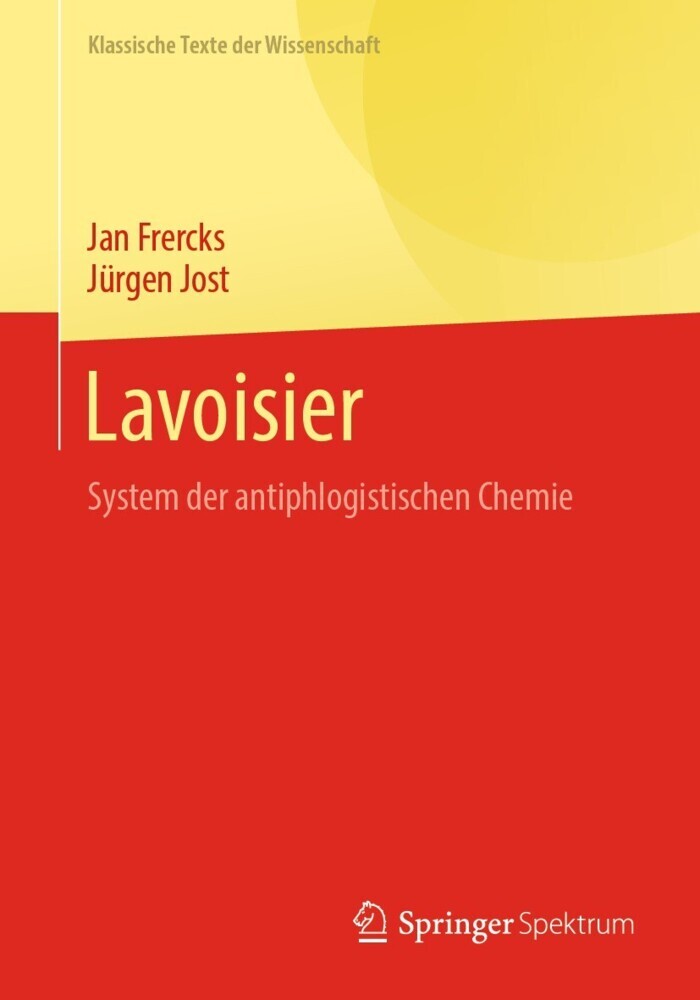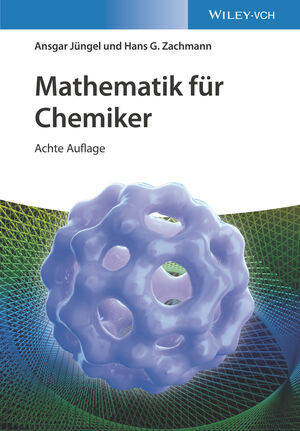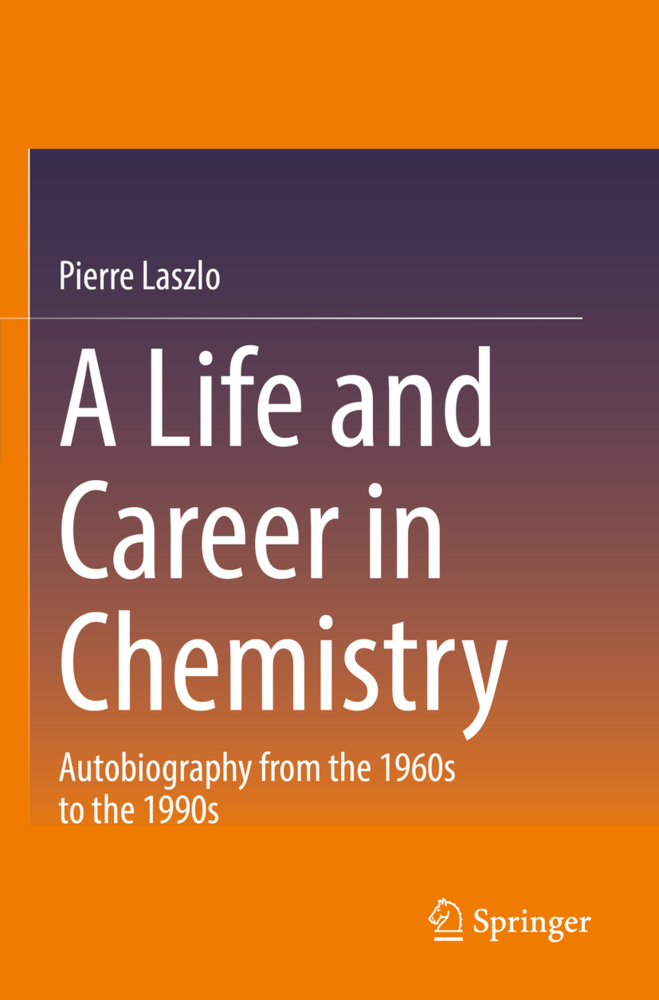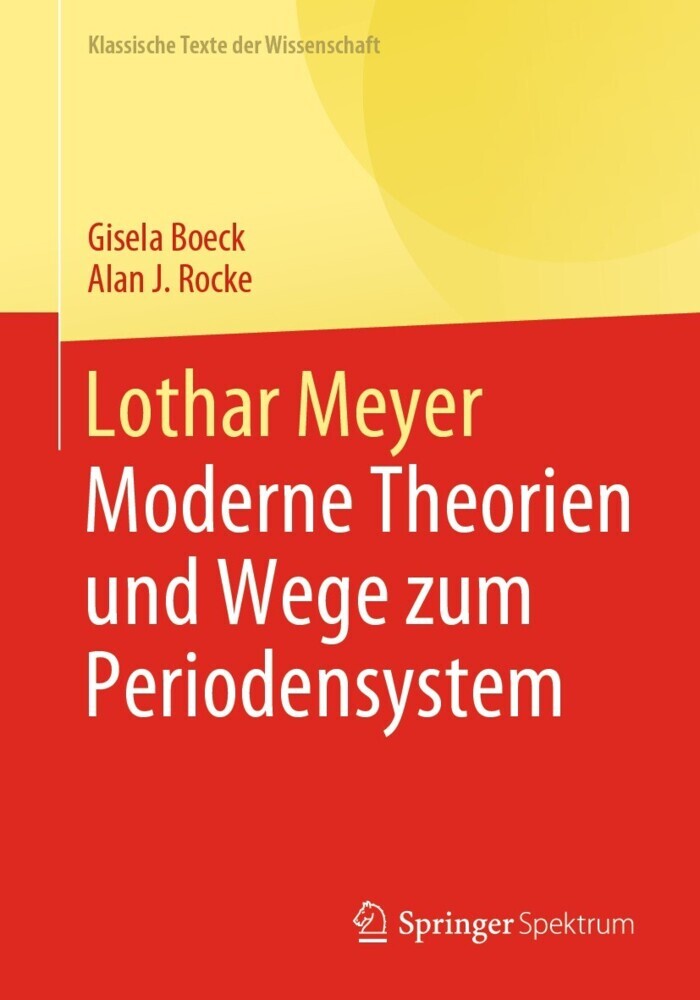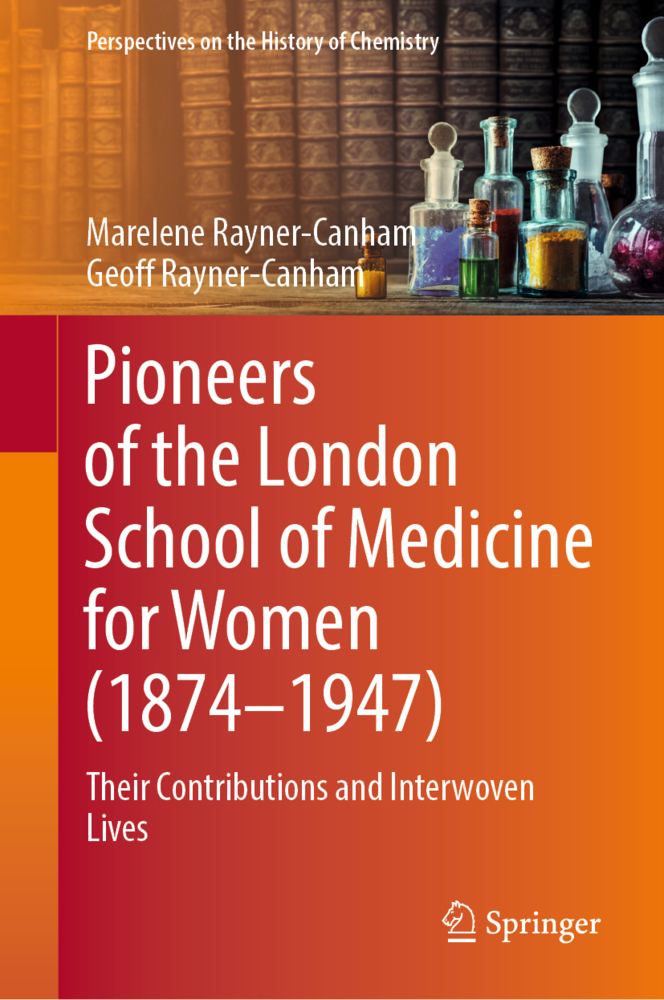Free Energy Calculations
Theory and Applications in Chemistry and Biology
Free energy constitutes the most important thermodynamic quantity to understand how chemical species recognize each other, associate or react. Examples of problems in which knowledge of the underlying free energy behaviour is required, include conformational equilibria and molecular association, partitioning between immiscible liquids, receptor-drug interaction, protein-protein and protein-DNA association, and protein stability.
This volume sets out to present a coherent and comprehensive account of the concepts that underlie different approaches devised for the determination of free energies. The reader will gain the necessary insight into the theoretical and computational foundations of the subject and will be presented with relevant applications from molecular-level modelling and simulations of chemical and biological systems. Both formally accurate and approximate methods are covered using both classical and quantum mechanical descriptions. A central theme of the book is that the wide variety of free energy calculation techniques available today can be understood as different implementations of a few basic principles.
The book is aimed at a broad readership of graduate students and researchers having a background in chemistry, physics, engineering and physical biology.
This volume sets out to present a coherent and comprehensive account of the concepts that underlie different approaches devised for the determination of free energies. The reader will gain the necessary insight into the theoretical and computational foundations of the subject and will be presented with relevant applications from molecular-level modelling and simulations of chemical and biological systems. Both formally accurate and approximate methods are covered using both classical and quantum mechanical descriptions. A central theme of the book is that the wide variety of free energy calculation techniques available today can be understood as different implementations of a few basic principles.
The book is aimed at a broad readership of graduate students and researchers having a background in chemistry, physics, engineering and physical biology.
1;Foreword;6 1.1;Acknowledgments;9 1.2;References;9 2;Contents;10 3;List of Contributors;18 4;1 Introduction;20 4.1;1.1 Historical Backdrop;20 4.2;1.2 The Density of States;33 4.3;1.3 Free Energy;37 4.4;1.4 Ergodicity, Quasi-nonergodicity and Enhanced Sampling;40 4.5;References;43 5;2 Calculating Free Energy Differences Using Perturbation Theory;51 5.1;2.1 Introduction;51 5.2;2.2 The Perturbation Formalism;52 5.3;2.3 Interpretation of the Free Energy Perturbation Equation;55 5.4;2.4 Cumulant Expansion of the Free Energy;58 5.5;2.5 Two Simple Applications of Perturbation Theory;60 5.6;2.6 How to Deal with Large Perturbations;64 5.7;2.7 A Pictorial Representation of Free Energy Perturbation;66 5.8;2.8 'Alchemical Transformations';68 5.9;2.9 Improving the Efficiency of FEP;78 5.10;2.10 Calculating Free Energy Contributions;84 5.11;2.11 Summary;89 5.12;References;90 6;3 Methods Based on Probability Distributions and Histograms;94 6.1;3.1 Introduction;94 6.2;3.2 Histogram Reweighting;95 6.3;3.3 Basic Stratification and Importance Sampling;101 6.4;3.4 Flat-Histogram Methods;109 6.5;3.5 Order Parameters, Reaction Coordinates, and Extended Ensembles;130 6.6;References;133 7;4 Thermodynamic Integration Using Constrained and Unconstrained Dynamics;136 7.1;4.1 Introduction;136 7.2;4.2 Methods for Constrained and Unconstrained Simulations;138 7.3;4.3 Generalized Coordinates and Lagrangian Formulation;140 7.4;4.4 The Derivative of the Free Energy;145 7.5;4.5 The Potential of Mean Constraint Force;148 7.6;4.6 The Adaptive Biasing Force Method;155 7.7;4.7 Discussion of Other Techniques;166 7.8;4.8 Examples of Application of ABF;167 7.9;4.9 Glycophorin A;170 7.10;4.10 Alchemical Transformations;172 7.11;4.11 Conclusion;177 7.12;Appendix;178 7.13;References;184 8;5 Nonequilibrium Methods for Equilibrium Free Energy Calculations;188 8.1;5.1 Introduction and Background;188 8.2;5.2 Jarzynski's Identity;191 8.3;5.3 Derivation of Jarzynski's Identity;192 8.4;5.4 Forward and Backward Averages: Crooks Relation;197 8.5;5.5 Derivation of the Crooks Relation (and Jarzynski's Identity);198 8.6;5.6 Implementation;199 8.7;5.7 Analysis of Nonequilibrium Free Energy Calculations;201 8.8;5.8 Illustrating Example;204 8.9;5.9 Calculating Potentials of Mean Force;208 8.10;5.10 Applications;211 8.11;5.11 Summary;211 8.12;References;212 9;6 Understanding and Improving Free Energy Calculations in Molecular Simulations: Error Analysis and Reduction Methods;216 9.1;6.1 Introduction;216 9.2;6.2 Overview of the FEP and NEW Methods;220 9.3;6.3 Understanding Free Energy Calculations;222 9.4;6.4 Modeling Free Energy Errors;232 9.5;6.5 Optimal Staging Design;243 9.6;6.6 Overlap Sampling Techniques;245 9.7;6.7 Extrapolation Methods;256 9.8;6.8 Concluding Remarks;260 9.9;References;261 10;7 Transition Path Sampling and the Calculation of Free Energies;265 10.1;7.1 Rare Events and Free Energy Landscapes;265 10.2;7.2 Transition Path Ensemble;268 10.3;7.3 Sampling the Transition Path Ensemble;271 10.4;7.4 Free Energies from Transition Path Sampling Simulations;278 10.5;7.5 The Jarzynski Identity: Path Sampling of Nonequilibrium Trajectories;280 10.6;7.6 Rare Event Kinetics and Free Energies in Path Space;286 10.7;7.7 Summary;290 10.8;References;290 11;8 Specialized Methods for Improving Ergodic Sampling Using Molecular Dynamics and Monte Carlo Simulations;293 11.1;8.1 Background;293 11.2;8.2 Measuring Ergodicity;294 11.3;8.3 Introduction to Enhanced Sampling Strategies;295 11.4;8.4 Modifying the Configurational Distribution: Non- Boltzmann Sampling;296 11.5;8.5 Methods Based on Exchanging Configurations: Parallel Tempering and Related Strategies;302 11.6;8.6 Smart Darting and Basin Hopping Monte Carlo;307 11.7;8.7 Momentum-Enhanced HMC;309 11.8;8.8 Skewing Momenta Distributions to Enhance Free Energy Calculations from Trajectory Space Methods;314 11.9;8.9 Quantum Free Energy Calculations;325 11.10;8.10 Summary;330 11.11;References;331 12;9 Potential Distribution Methods and Fre
Chipot, Christophe
Pohorille, Andrew
| ISBN | 9783540384489 |
|---|---|
| Artikelnummer | 9783540384489 |
| Medientyp | E-Book - PDF |
| Copyrightjahr | 2007 |
| Verlag | Springer-Verlag |
| Umfang | 518 Seiten |
| Sprache | Englisch |
| Kopierschutz | Digitales Wasserzeichen |

